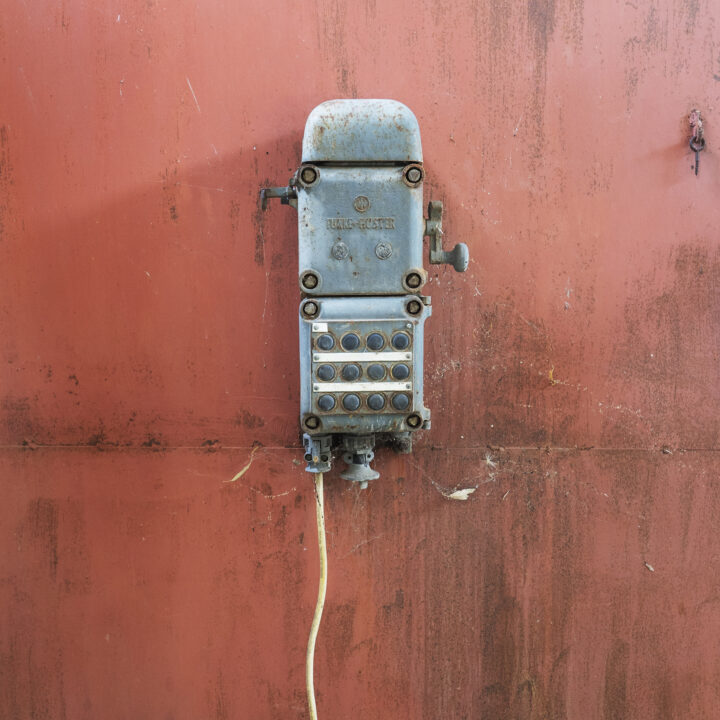How a Lifeline From China Changed Greece on Fortune

Cosco hopes to expand Piraeus as a tourism destination to compete with sites like the Acropolis for affluent Chinese visitors. Ph. A. D’Amato
Boxed In at the Docks: How a Lifeline From China Changed Greece
When Chinese shipping giant Cosco snapped up the historic port of Piraeus, it threw Greece an economic lifeline. Now the port’s success is reshaping the Greek political landscape—and generating choppy waters for China in Europe.
On a steamy night earlier this summer, about a thousand people poured into a public square in Athens to cheer on Greece’s leading left-wing politician, Alexis Tsipras. Tsipras was in the waning weeks of his term as Prime Minister—and trailing in a race against a pro-business opponent.
Leaping onto a makeshift stage in front of a banner reading “We have the power,” Tsipras shouted over the crowd. “This is a battle between two worlds, the elites against the many!” Then he took aim at foreign companies eyeing investment prospects in Greece, one of the countries hardest hit by Europe’s long financial crisis. “We have managed to get back to growth after eight straight years of recession,” Tsipras said. “Electricity, health, education, water, energy—they are not for sale!”
The promise to keep the country’s state-owned assets in Greek hands elicited a deafening roar. And yet Tsipras didn’t mention the most prized Greek asset of all: the port of Piraeus. Situated at the edge of Athens—a short sail from the Middle East and Africa—the port has been a strategic jewel for nearly 2,500 years, ever since the Athenians and Spartans defeated the Persian emperor in a nearby sea battle for Mediterranean supremacy. But as the crowd in the square knew, Tsipras’s own government had sold off Piraeus, years earlier, to a modern-day empire intent on expanding its own power: China.
When Chinese President Xi Jinping unveiled the ambitious vision he called the Belt and Road Initiative, or BRI, in 2013, he had commerce, not conquest, in mind. Xi announced that China would build a network of highways and rail lines (the “belt”) and sea routes (the “road”) across thousands of miles, linking Asia to Europe and Africa. The idea was to re-create the old Silk Road—the trade routes between East and West that were the foundations of the world’s first truly global commerce. The ultimate strategic goal: to expand and solidify a web of trading relationships that would cement China’s position as a dominant economic and political power for decades to come.
Click here to read the full article by V.Walt



